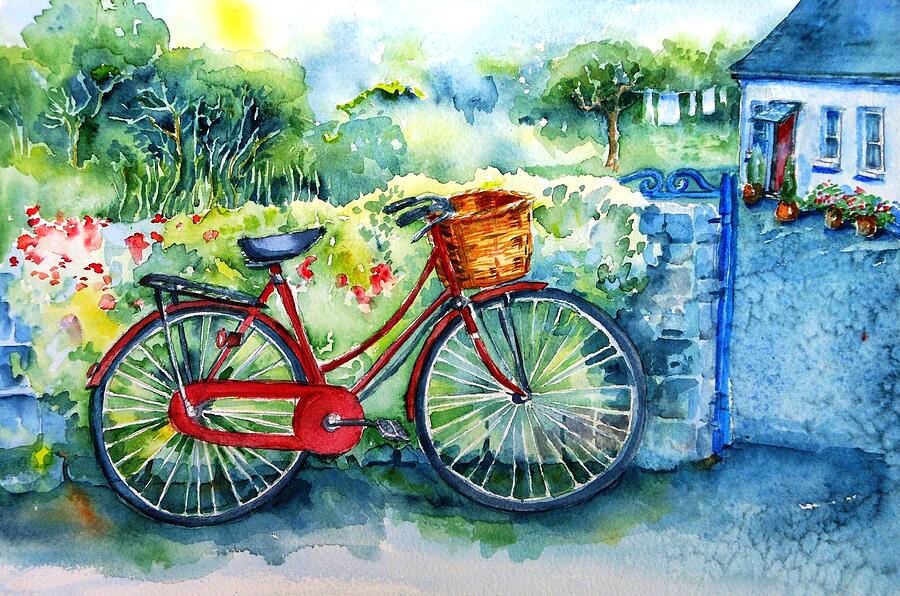Later on, in the late 1960s and 1970s, the docu-series on Hugh Hefner shows him buying the Mansion in Chicago, and getting a private plane for all his travel -- it has everything, even a dance floor.
But profits and wealth like that didn't come immediately: during the 1950s, the film shows Hefner working at a manual typewriter, typing two-fingered at his kitchen table. He gets a couple of other men in on the project with him, and they put out the first issue of Playboy magazine in 1953.
Early Playboy published some fiction, and articles about "lifestyle" -- what to wear, what music to play "when a girl comes over," and the latest kitchen gadgets.
("What to wear" -- ironic. How about for the young ladies posing for photographs: mightn't they have been allowed to wear something...?)
In the '70s, everything's in color, men have long-ish hairstyles -- I could imagine being at one of those parties, dancing to some of the greatest music.

That looks like fun -- however, it was always hard for me to imagine people getting nude for their photograph to be taken and put in the magazine. Yikes -- but there were lots of women who wanted to do that. Apparently no one coerced them. They'd show up and have their picture taken like that.
How much were the ladies paid for this? I didn't catch that info in the movie -- maybe they said it and I missed it. They must have been paid, surely.
I think my own upbringing -- surrounding milieu, the people I knew, no one would do something like that -- at least that I knew of, or could imagine. I think the logic behind not posing with your clothes off (besides being sinful if one wanted to "go there") was -- it would be like getting a tattoo, you would be sorry for it later. ("Later on."...)

You let nude pictures of yourself be in the world, and first thing you know (or -- "later on") you've got trouble.
Remember, that one Miss America who had to give back her title because of nude photographs -- 1984, or something...?
A part of Hugh Hefner's ethos that I could "get into" is the part about music and other cultural appreciations.
I never knew Playboy / Hefner had a TV show until the 1990s when I read Tina Turner's autobiography, I, Tina. In the book there were some photographs, black-and-white pictures from the early days of her childhood and later the Ike-And-Tina-Turner-Revue.
One photo showed her dancing onstage, wearing one of her fantastic costumes -- a designer creation, modified for her energetic performing style. The caption underneath said it was from "Playboy After Dark."
So -- OK -- I had never heard of that, before. "Playboy After Dark."
I thought, "Playboy magazine had a TV show?" And by that time -- that day of my discovery while reading her book, that television show was more than 20 years in the past, already.
And I thought, Well -- wow, if they had the brains to have the Ike and Tina Turner Revue on, then that must have been a good show. And I thought that maybe someday I would see that show, although at that time I couldn't imagine how.
And another twenty-four years after that, when Hugh Hefner caught our attention in the news because he died, I went about looking up Playboy After Dark on You Tube, since by then I finally had the Internet. And I found something else that I hadn't known about -- another show Hefner hosted, 'Playboy's Penthouse' -- 44 episodes, 1959 - 1961.
'Playboy After Dark' had 52 episodes, 1969 - 1970.
A bunch of episodes of both these shows are on You Tube. Amazing history, and a look at people having a nice party, basically, and conversation and laughs. (No contrived bickering, like the "reality" shows now.)
In the Amazon docu-series, a guy says the parties were fun, with an opportunity for some intellectual conversation if that was what you were interested in.
-30-
No comments:
Post a Comment